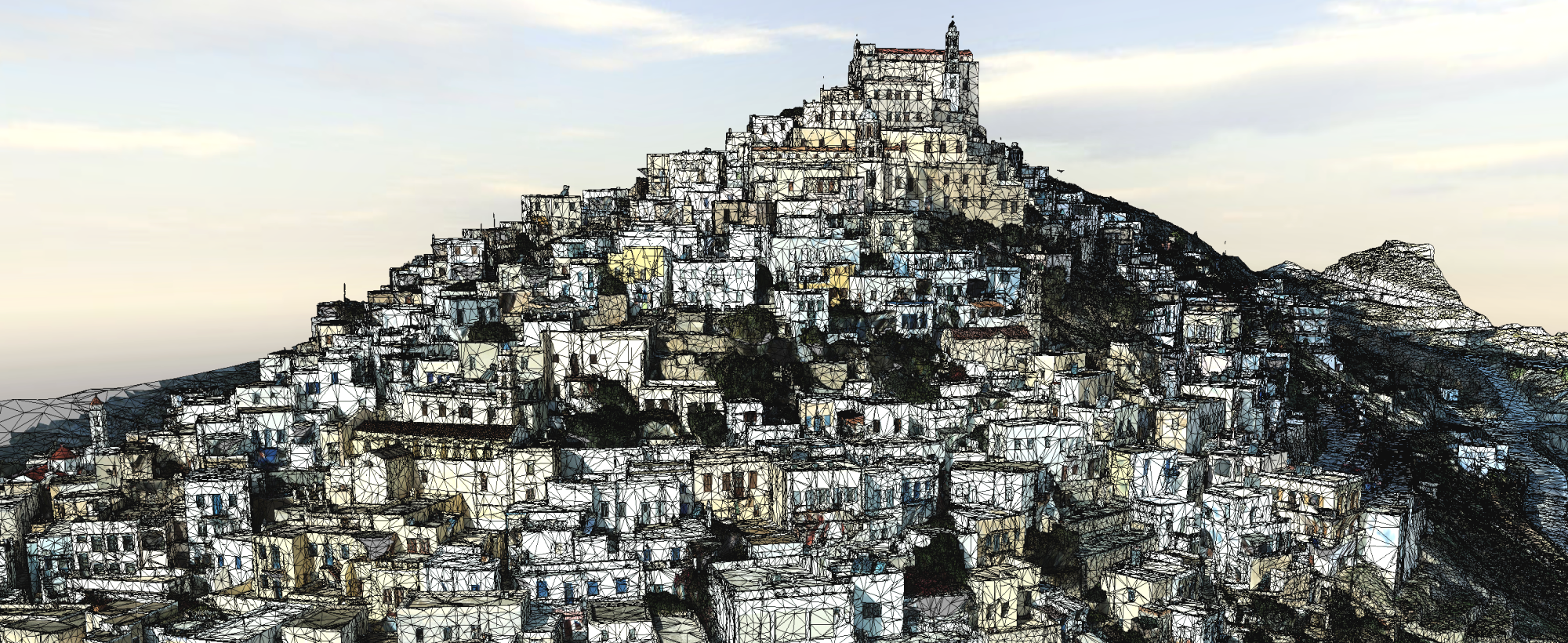 | Workshops |
5D Architectural Air Documentation in Hermoupolis, Syros
The three-day educational seminar named “5D Architectural Air Documentation” that took place in Hermoupolis, Syros, within the framework of the 5D-ARCH-AID project, was an opportunity for all interested parties to emerge inside the reconstructed environment of specific digital tools that initiated the conceptualization of the multilayered, interdisciplinary documentation regarding the traditional settlement of Ano Syros. This seminar was addressed to architects, engineers, archaeologists, historians, designers, educators, and active citizens who wish to be informed or acquire new knowledge in the digital means of preserving and promoting cultural heritage.
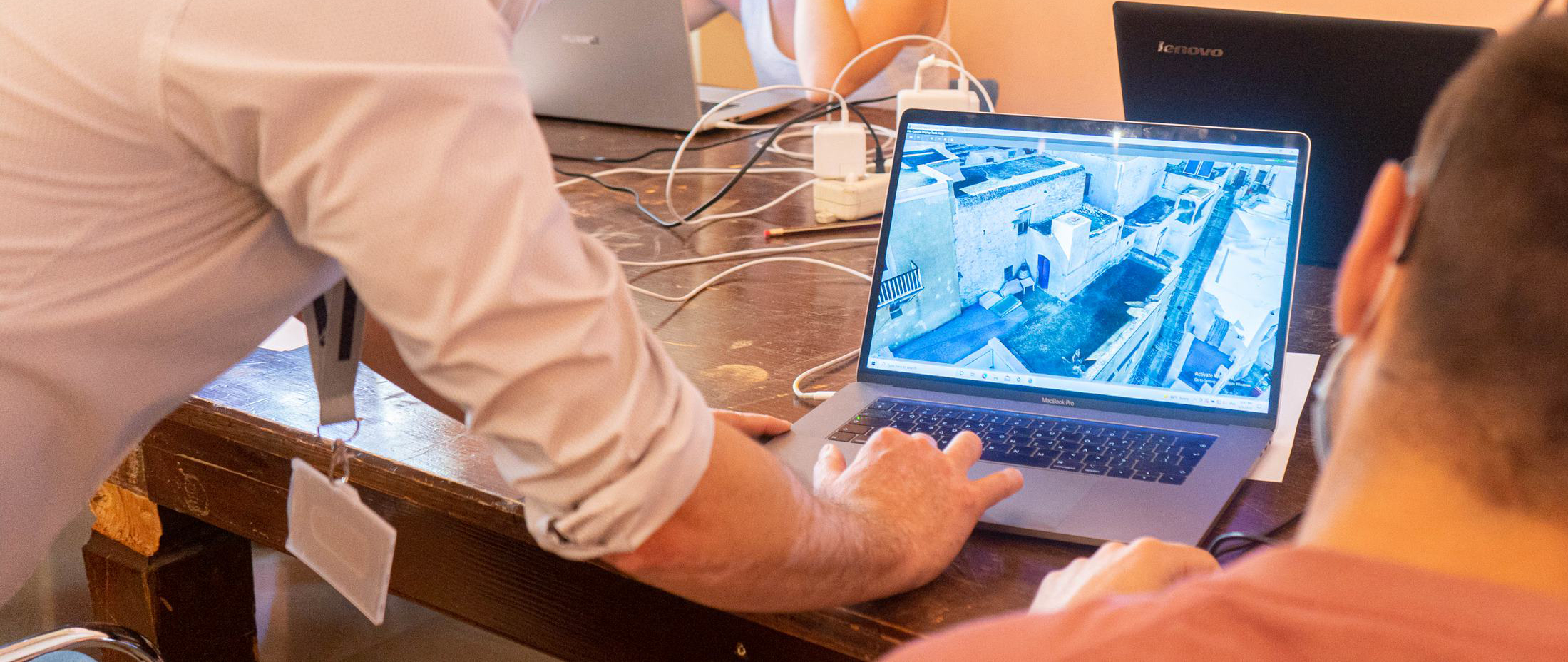
Thematic entities
- 3D and Mobile scanning.
3-dimensional digitization of interior spaces with a high-resolution camera, as well as outdoor spaces using laser scanning and / or unmanned aerial vessels (drones). Recording and mapping with mobile technology (360) and self-propelled camera. Panoramic Image Collection System.
- Sensitization of society to the loss of cultural heritage.
Design of applications through online educational programs to raise awareness of society, in relation to the local cultural heritage.
- VR-AR Applications.
Design and development of simple Virtual and Augmented Reality applications for the research, elevation, and promotion of cultural heritage.
Workshop
On day one, the trainees were introduced to the evolution of unconventional applications of technology into capturing the spectrum of cultural heritage. As soon as an initial idea of the digital approach to the promotion of cultural heritage was shaped, the participants were divided into small groups and within a rotation system participated in short recordings of both outdoor and indoor space, using all available technological tools.
On day two an open call took place inside the Cultural Center of the Municipality of Hermoupolis, where experts gave short presentations on their projects. The contributors of the project 5D- ARCH-AID (GET – JGC – HERMeS – AfM) gave a summary presentation of the key conceptual strategies of the digital documentation.
On day three, the theme of the axe of the workshop focused on browsing through both Virtual and Augmented reality applications. The duration of the course followed the structure of the first day of the workshop, and was divided into the theoretical presentation part, as well as the hands – on part of the workshop. According to their expertise background, the participants where chosen to immerse in the evaluation methodology of the Pathology of selected buildings, using the produced constructed environment of the settlement, or to create a historical digital trail with the use of key tags, inside the 3D model of the cathedral of Saint George.
The purpose of this workshop was to supplement the never-ending dialogue among experts as well as citizens sensitive to heritage loss on ways technology can serve as a promoter of culture preservation. The hands-on practices using all available technology inside real scenarios reflect on the effort to influence people’s perception on alternate paths on conceptualizing for heritage management.



Workshop in Apoș, Sibiu county, Romania
The one-day workshop in Apoș, Sibiu county, Romania, brought together traditional and futuristic technologies. The event showcased and disseminated the results of the 5D-ARCH-AID project in an ambiance bridging the distant past and the nearby future in the present. 5D-ARCH-AID set out to employ cutting-edge technologies to devise effective tools and methodologies to address contemporary complex challenges endangering built historical heritage in Europe and worldwide.
Apoș is a village in the southern Transylvanian countryside, a place where the perils of time and insufficient resources upon built heritage can be easily noticed. Sustainable heritage conservation and management demands material capabilities – financial resources, project managers, people, craftspeople, adequate construction materials – as well as epistemic facilities – easily accessible and comprehensive data about history, architecture, and traditional construction techniques, timely pathologies and vulnerabilities analyses, potential intervention plans adapted to the needs of the site etc. The workshop in Apoș mixed these crucial dimensions, presenting recent achievements which address both material and epistemic concerns which hinder material and immaterial heritage conservation initiatives.
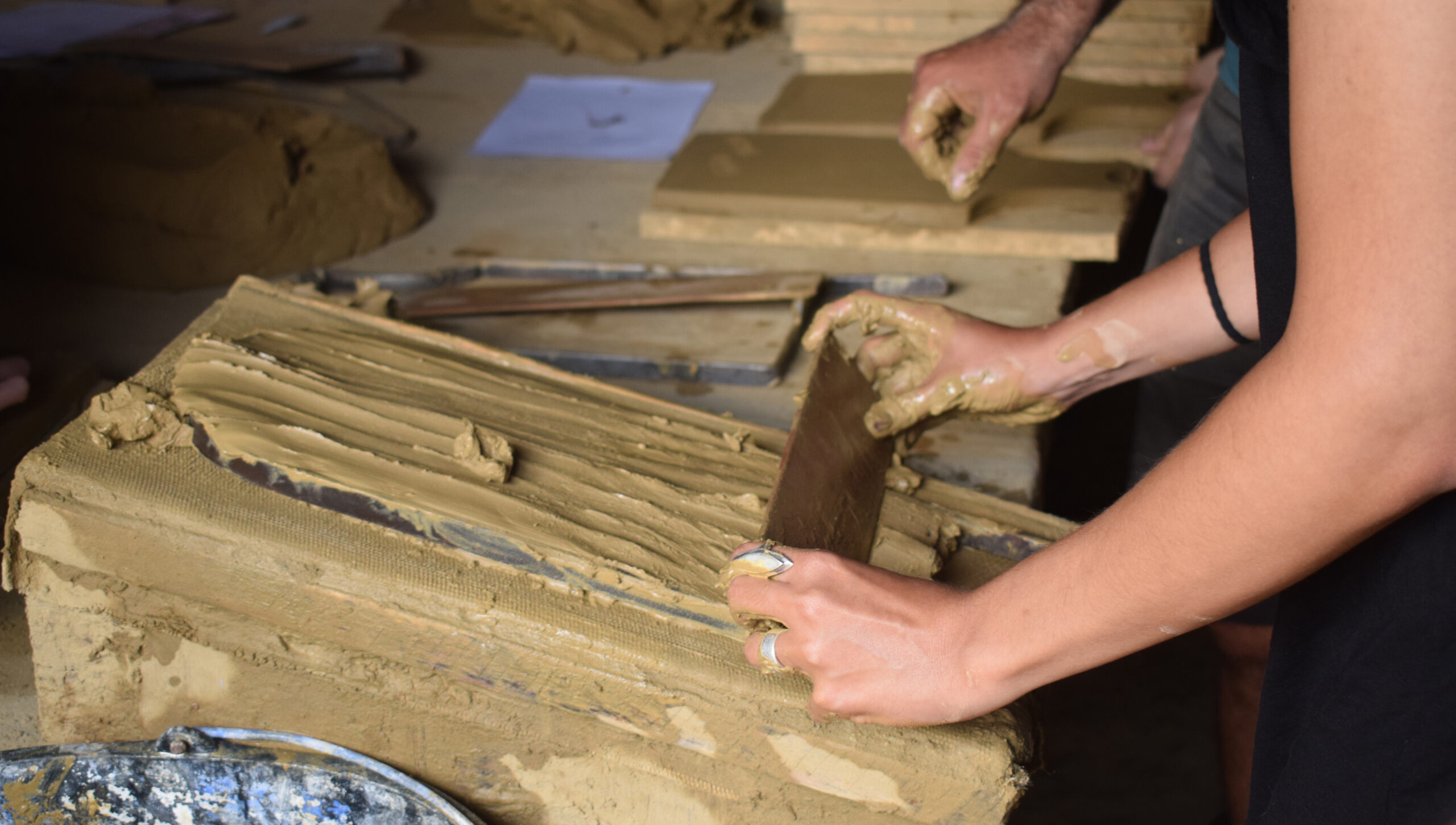
Workshop
The morning session of the workshop consisted in field activities in the village of Apoș, at the traditional kiln and the Fortified Evangelical Church. The workshop took off with a tour of the traditional kiln in Apoș. Built by Monumnetum in 2013-5 with support from HRH Prince of Wales, the Anglo-Romanian Trust for Traditional Architecture, the Global Heritage Fund and the Mioritics Association, the kiln furnishes the needed stock of traditional ceramic tiles to heritage conservation and restoration initiatives in the region. Eugen Vaida (Monumentum) presented the facilities, detailed the workflow, emphasized the challenges, and told the history of one of the few traditional kilns where tiles are handcrafted following a fully traditional process. The workshop continued with the tour and presentation of the Fortified Evangelical Church of Apoș, delivered by Ileana Burnichioiu.
The afternoon session comprised of four talks relating the past with the future of heritage through the technological means of the present. Pavlos Chatzigrigoriou (HERMeS) presented the results of the 5D-ARCH-AID project to an audience of professionals in the fields of archeology, architecture, history, and heritage safeguarding and restoration. 5D-ARCH-AID combines the state of the art heritage management system HeRMES with cutting-edge hardware and software technologies (aerial SFO technology, 360o cameras, and optical range sensors) to build up a comprehensive and easily accessible tool designed to maximise the effectiveness of devising sustainable heritage conservation strategies. Călin Șuteu went in depth about the process of 3D modelling the church and its precincts using SFO’s and optical distance sensors (LiDAR), same in kind with the ones proposed by 5D-ARCH-AID.
Eugen Vaida (Monumentum) delivered the last presentation: “Craftsmanship and heritage. Traditional tile making in the vision of architects”. Handcrafted ceramic tiles constitute the widest spread traditional covering material in the Transylvanian countryside, making up for the picturesque landscape which is a core part of the aesthetic and architectural identity of the region. Modern-day technologies, tools, and methodologies of the kind employed and developed within 5D-ARCH-AID provide effective means to carry out and develop long-term sustainable conservation plans. Using all the modern technological might to address complementary needs – crucially, heritage pathology analysis and developing effective and sustainable heritage management strategies – is yet another crucial step. The workshop showcased and promoted these technologies and the emerging tools developed within 5D-ARCH-AID to young professionals engaged in heritage management, and it achieved an understanding of the needs these tools aim to address, alongside their potential in addressing these needs. The workshop served as a bridge from the past, through the present, and into the future for the built historical heritage.
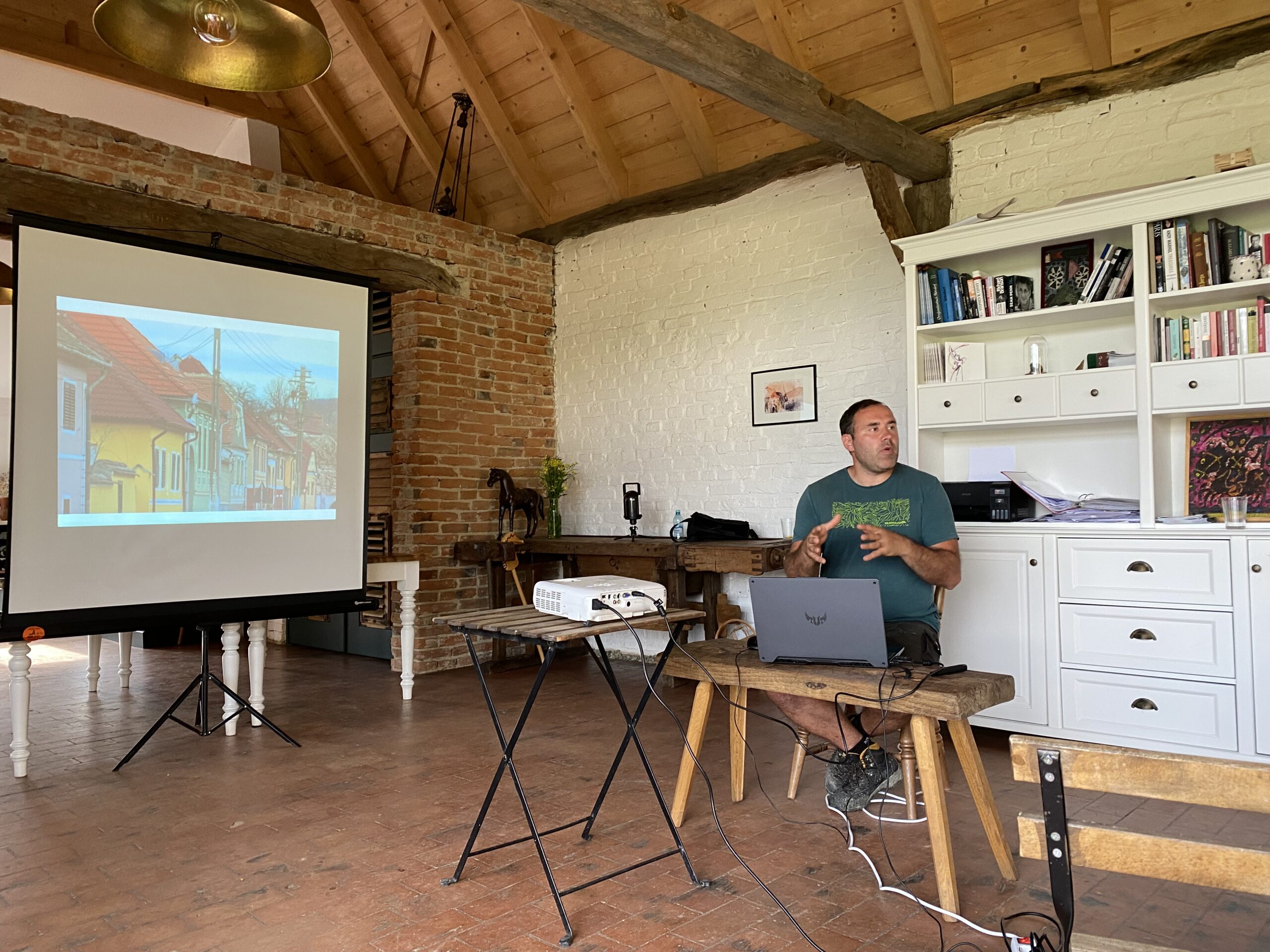

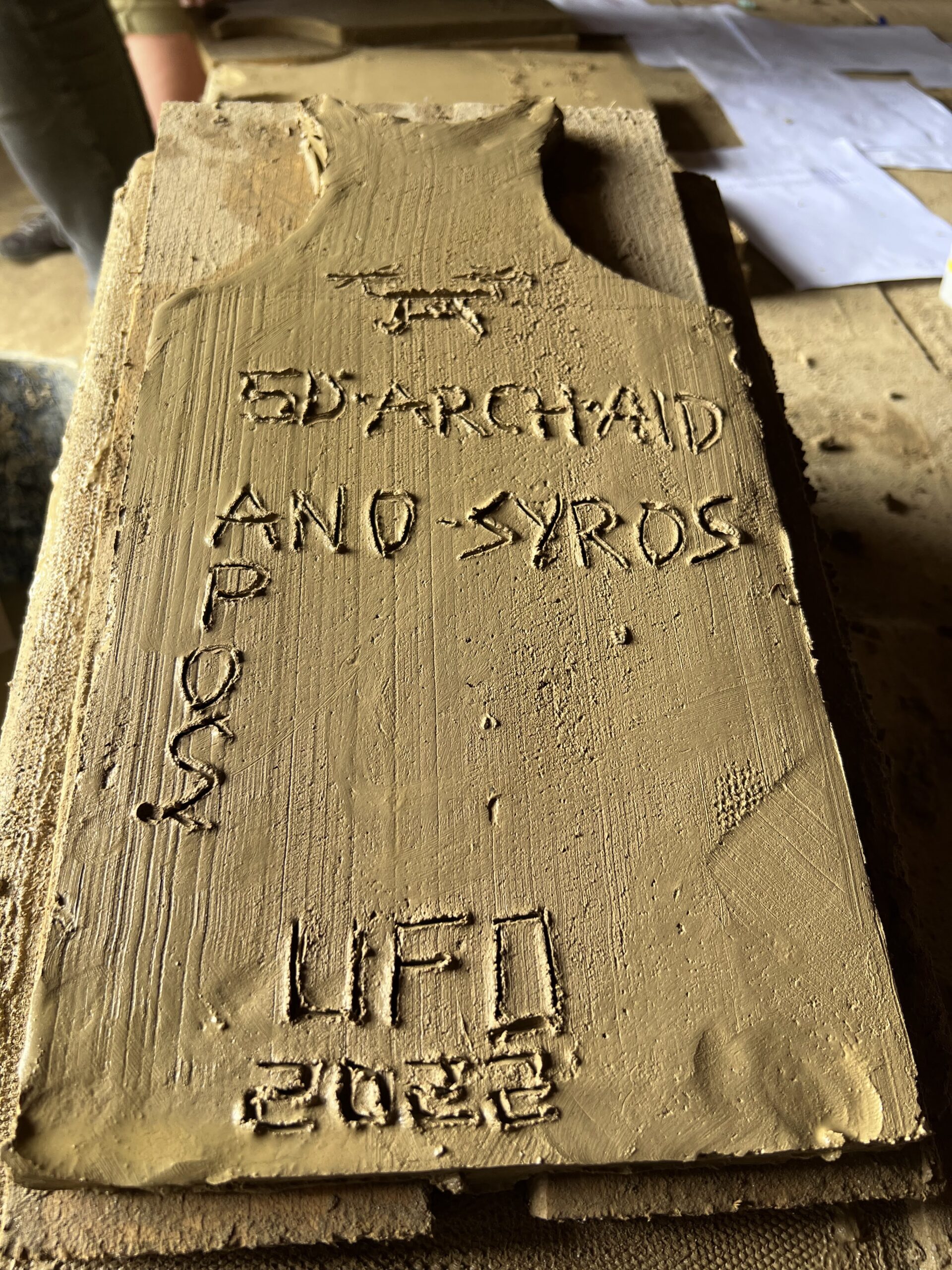
| For more information on the workshops, visit the link: | D41_D42_FINAL | 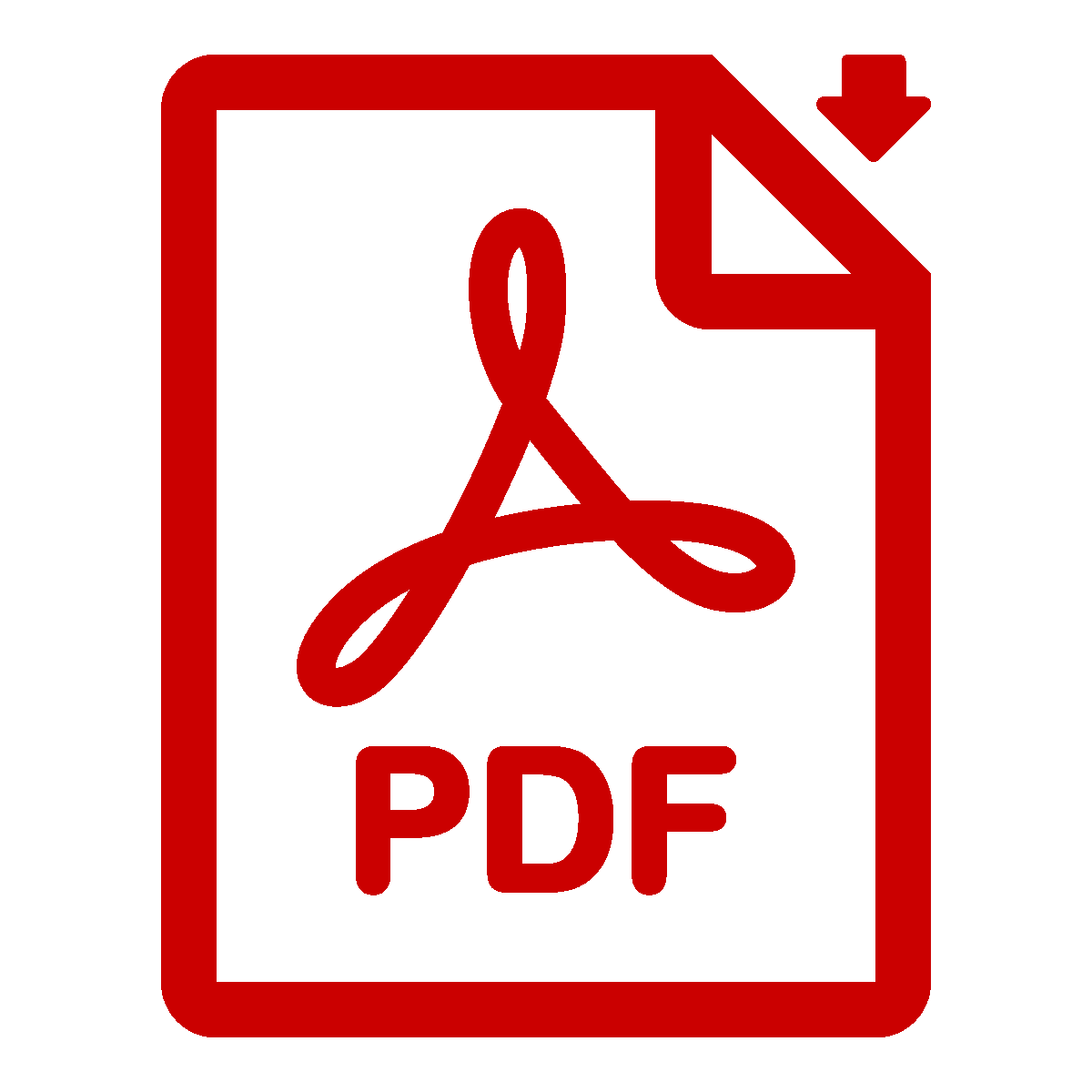 |
